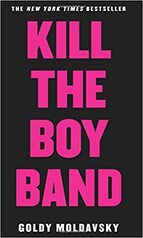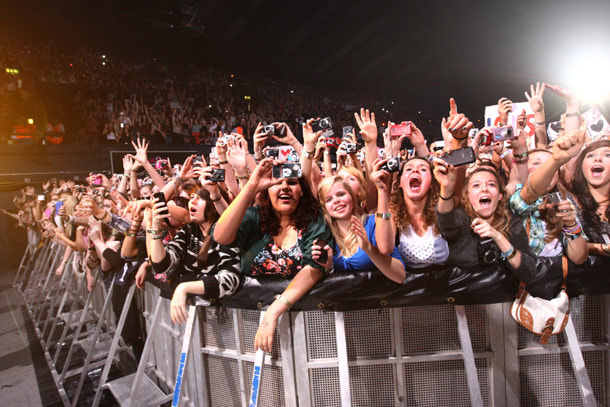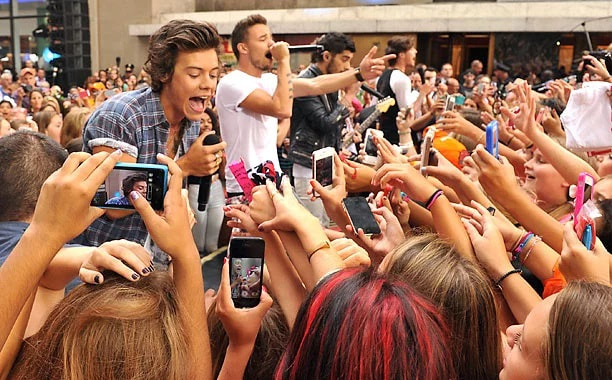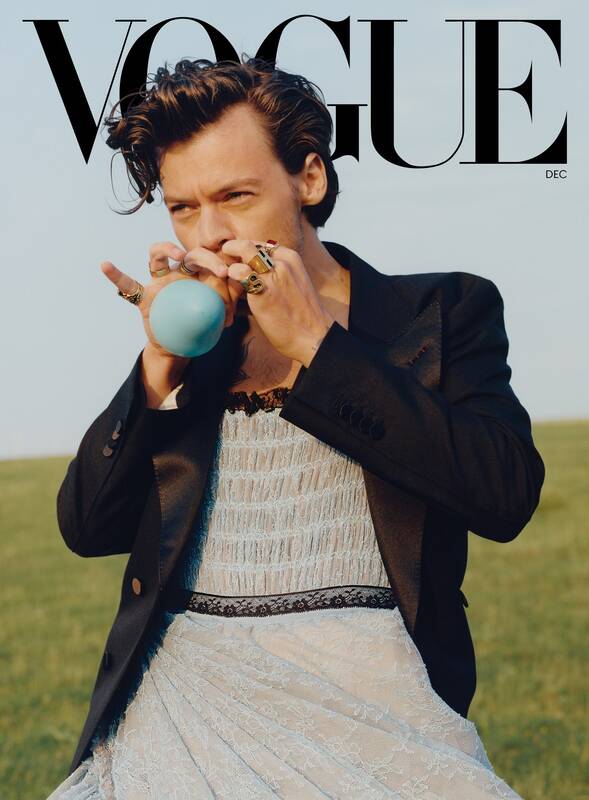Angela has been a frequent and productive contributor to Dr. Bickmore's YA Wednesday. To find a few more of her posts just browse through the Contributor's Page. Thanks Angela.
“Stalking Boybands was Serious Business”: YAL, TikTok, and the “Girlfan”
by Angela Insenga
It wasn’t enough anymore to send them fan mail and kiss the posters above our
beds….you weren’t a true fan until you engaged in Twitter death threats and endless
stan wars [where fangirls]. . . .[wielded] Sharpies like weapons [and passed] the time by
discussing ambush tactics. . . [with another] Ruperts fangirl [whose] friendship [with
other fans also] lived and breathed primarily in Twitter DMs and text messages.
In short, we learn from the ensemble of female protagonists, “just how important the internet was in all of [their] lives.” A virtue of the internet is that it can connect groups of likeminded individuals who spur each other onward, enrich each other’s lives, and share common obsessions. This virtue is also social’s vice, with which we contend daily. But why focus only on the decline when there are also positive results?







 RSS Feed
RSS Feed